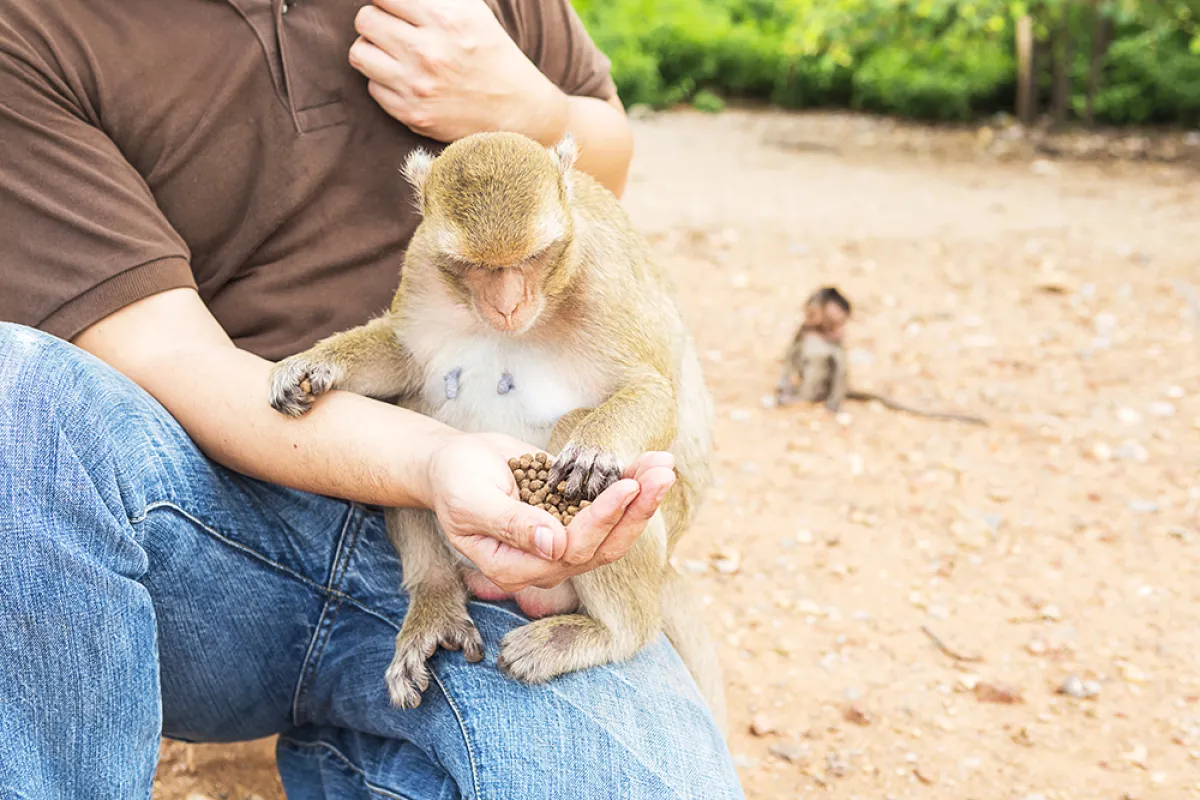
Sustainable tourism adheres to the principles of sustainable development, which has been the mainstream of global thinking for the past two decades and is supported by the United Nations Commission on Sustainable Development. The general principle of sustainable development is that resources must be conserved and used appropriately in order to be able to use those resources for an extended period of time and to distribute benefits to communities or related parties, as well as having close collaboration among related parties or stakeholders.
The World Sustainable Tourism Council was founded in 2007 by 32 organizations with the goal of promoting global understanding of sustainable tourism practices, fostering international acceptance of sustainable tourism principles, and establishing global sustainable tourism criteria (Global Sustainable Tourism Criteria: GSTC).
One of the goals of implementing the GSTC Guidelines for Wildlife Interactions is to meet the Global Sustainable Tourism Criteria for Environmental Sustainability. The attraction must have a system in place to monitor compliance with local, national, and international law, as well as wildlife interaction standards. Activities involving free-standing wildlife interactions must not be threatened and must be managed to avoid negative effects on them, taking into account wild species’ livelihoods and behavior.
The indicators are defined as follows:

Source : Global Sustainable Tourism Council
Information as of 28 February 2023